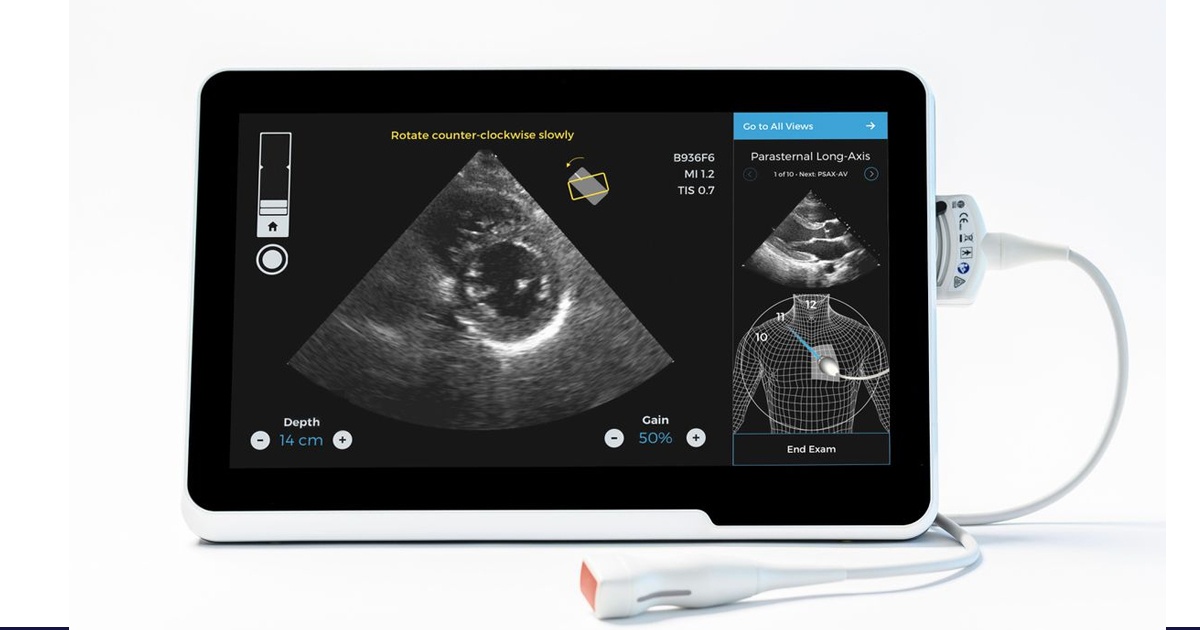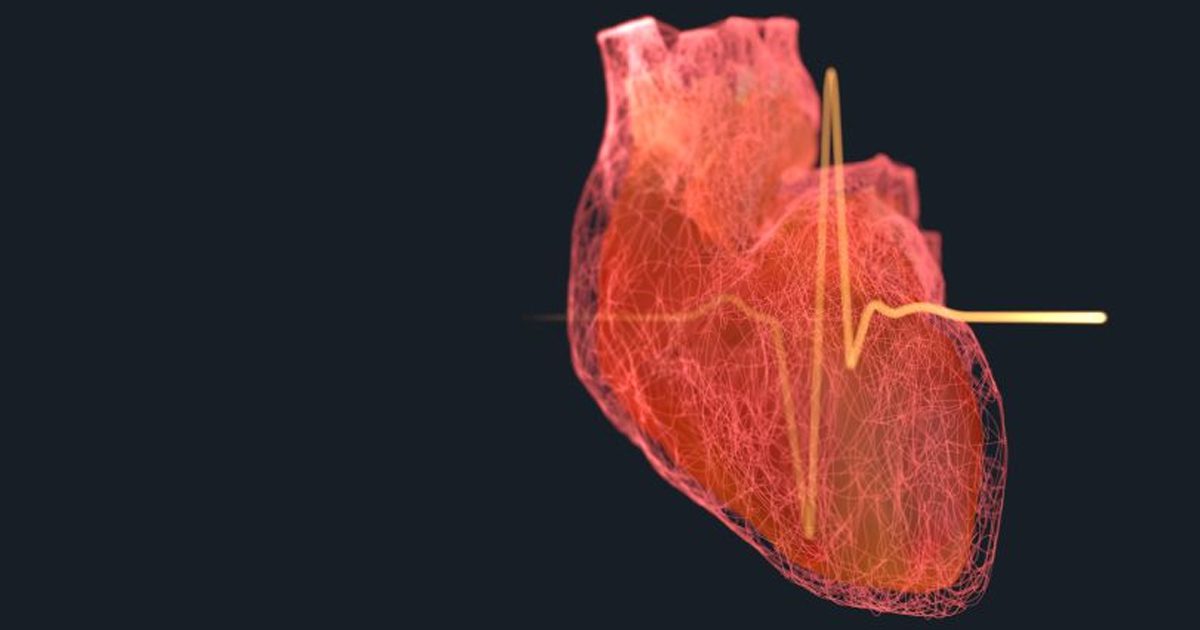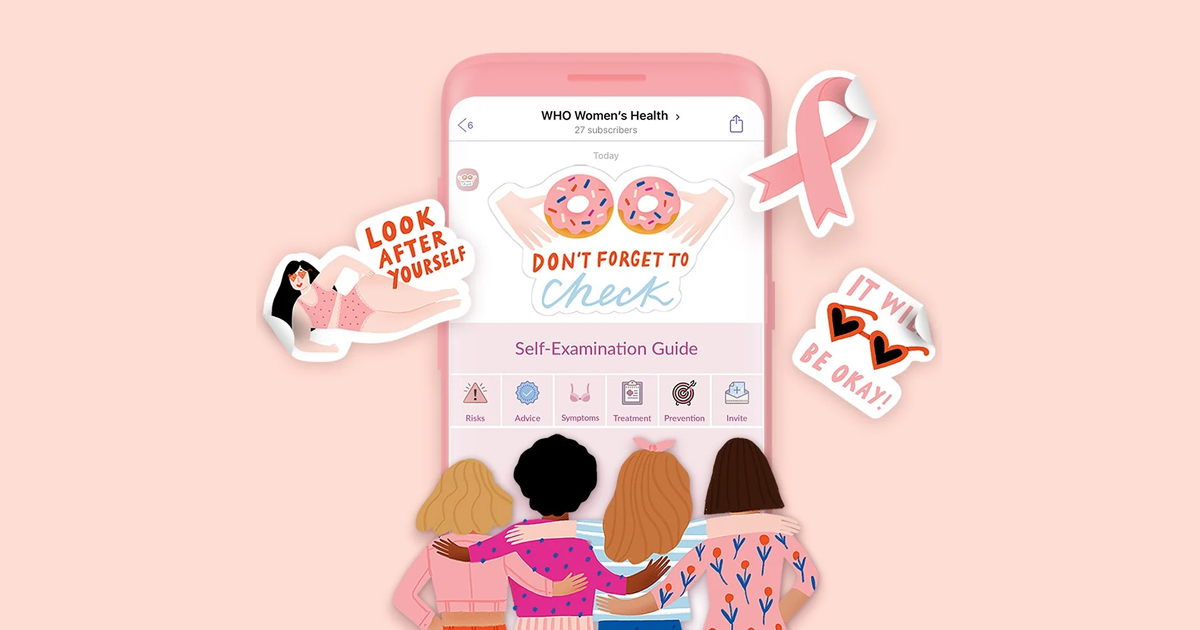The scientific journal npj Digital Medicine, from Nature, published a guide to general concepts on the use of Artificial Intelligence (AI) in the medical sector, as well as definitions, functions and examples of its use.

The guide goes ahead explaining how to evaluate journalistic notes and studies on machine learning and deep focused on medicine. AI is often used to improve companies' prospects, this in any market, so the term can be overused for commercial purposes. Not all algorithms are machine learning-based, the methods used in any study describe where they got their data from and what type of data they are. If an AI study does not have a large amount of data, its object of study, i.e. the algorithm is probably not well trained.
“It is also key to see whether the paper analyzed a real clinical problem. An algorithm might perform very well on a pre-selected dataset; however, it should also be tested on real clinical data,” the authors suggest in the guide.
The guide then lists a number of examples of how health can benefit from AI:
- Improving in-person and online consultations: There are AI-based applications for virtual consultations that use the patient's medical history, the patient reports symptoms using the same application, information that is stored in a database.
- Health assistance and medication management: Through mobile applications patients may be controlled more efficiently in managing their disease through monitoring treatments, doctor visits, among others.
- AI-driven diagnostics: The FDA approved this year, a software that supports media in performing cardiac ultrasound imaging. The AI used in this innovation provides real-time guidance, acting as a co-pilot, in this way emulates the task of a professional sonographer.
- Data mining in medical records: Used for the collection, storage, standardization and monitoring of medical records of patients. In this way AI interprets the records and is able to analyze diagnostic images, it has been used in conditions related to vision loss.
- Precision medicine: Through tumor samples, algorithms can identify patterns in patients' genetic data, which could be linked to medical conditions. In this way, patients can receive early diagnosis and treatment.
- Designing treatment plans: through AI it is possible to analyze structured and unstructured medical registration data, for decision-making on patient treatment. This type of software combines data from patient diagnostic and research articles.
- Drug creation: Through AI, pharmaceutical companies manage to develop drugs faster and reduce costs. It can also be used to understand the effectiveness of drugs in the face of emerging diseases.
- Triage Tools: There are studies that have validated algorithms using deep learning, capable of accurately predicting the need for critical patient care. It can even be applied in cases of lower risk, through chatbots that rule out the decrease in emergencies.
Finally, the guide closes with the question “How can an AI-based medical technology become part of an everyday practice?”, with this issue the authors state the following “Medical professionals tend to make decisions using data that were obtained with technologies they either understand or understand the basics enough to trust it. In the case of AI, it might not be possible.” That is one of the challenges, that as time goes on it can be solved as there is greater evidence on the use of AI and its different health applications.
Other challenges include the quality and amount of data required to train an algorithm, privacy issues and personal data handling, as well as legal terms and patient confidence in innovation.
“With this basic knowledge about the definition, levels, methods, challenges and potentials of A.I., we tried to give an overview about how we can make the medical profession more creative, spending more time with patients than ever,” the authors conclude at the end of the guide.






